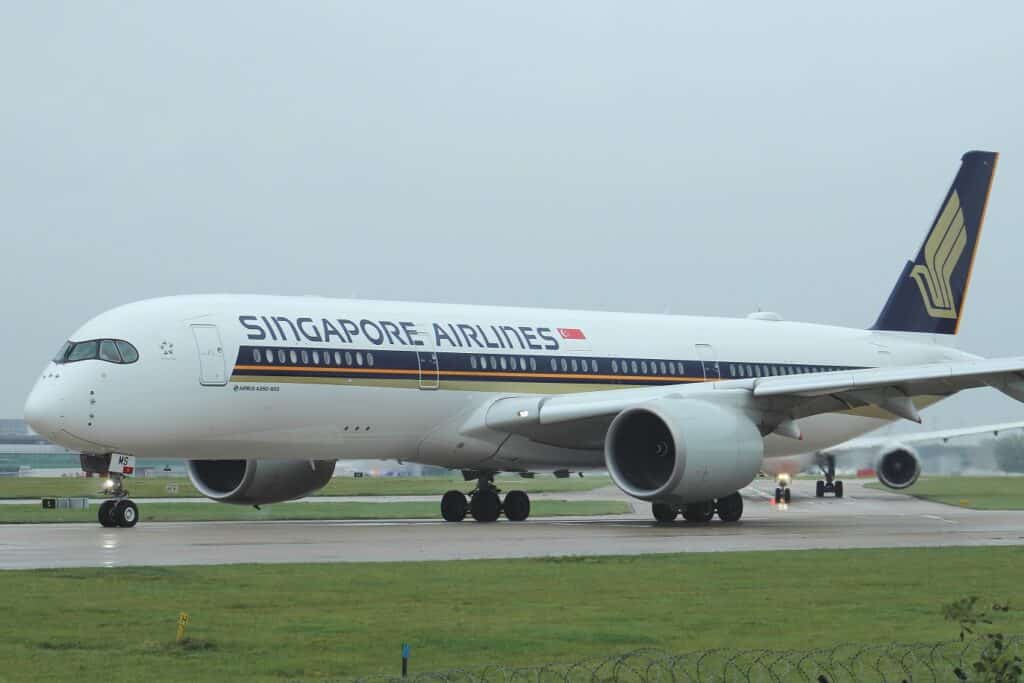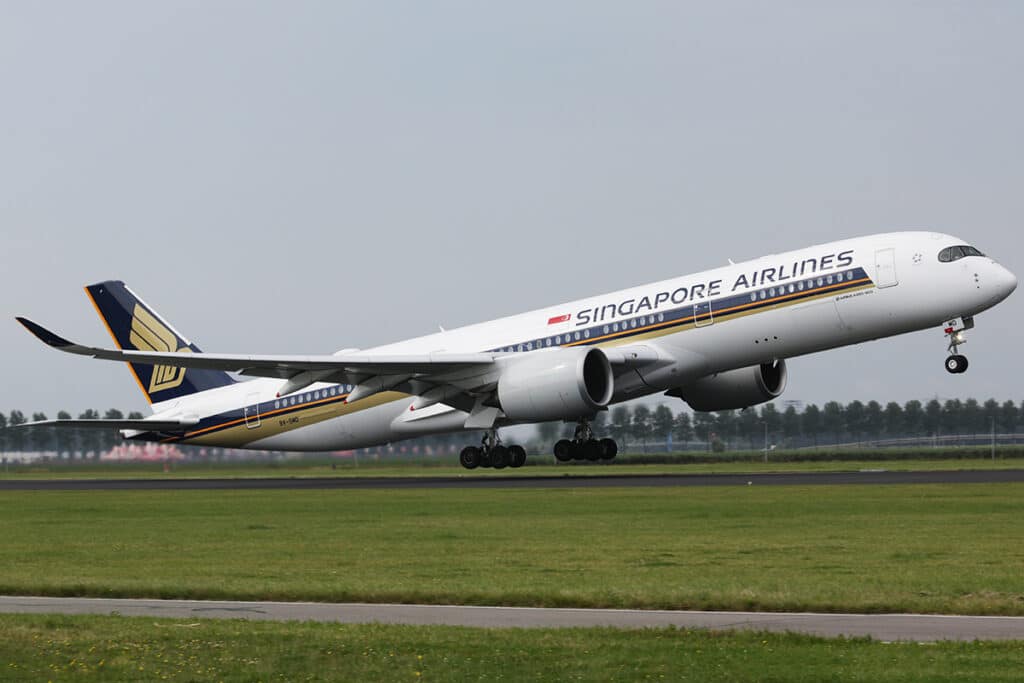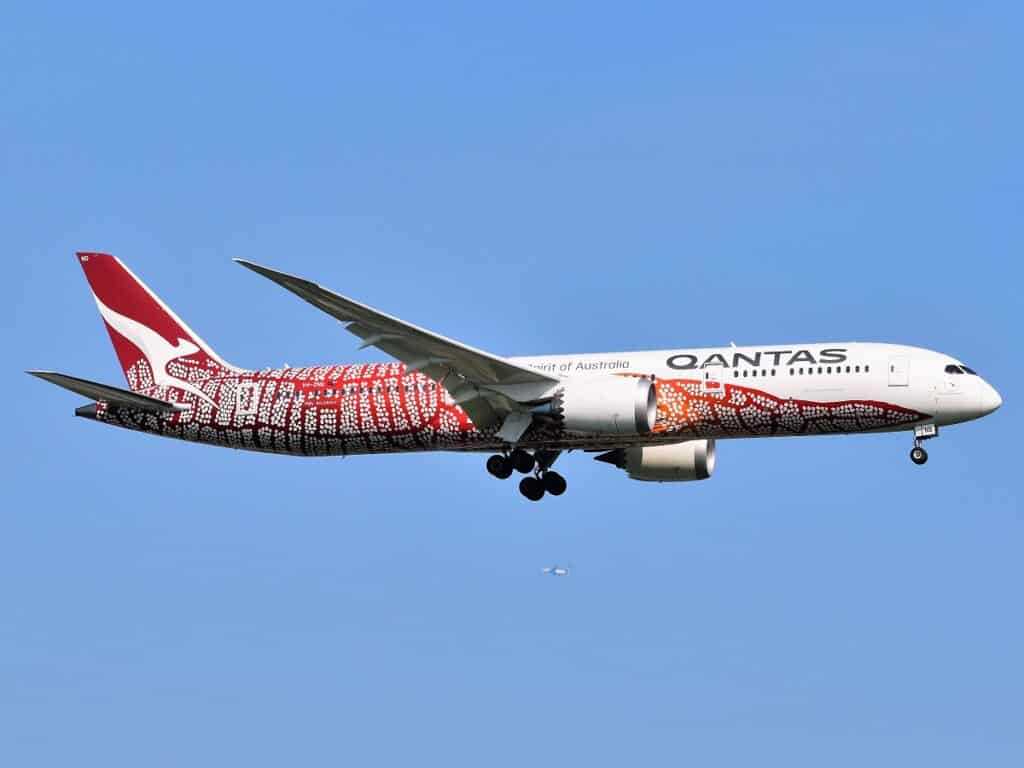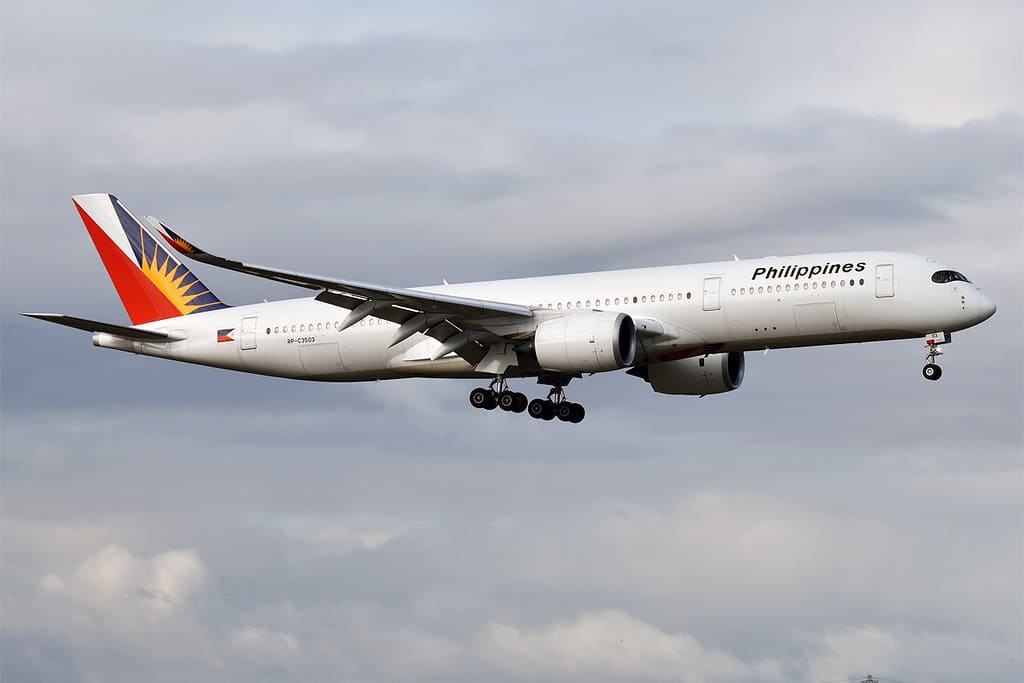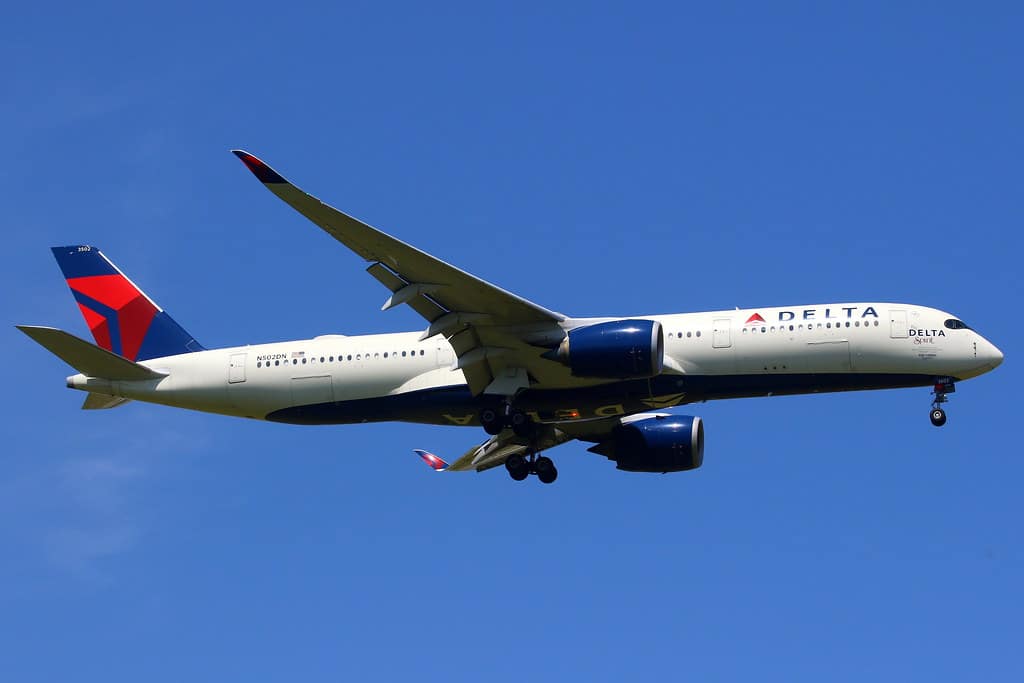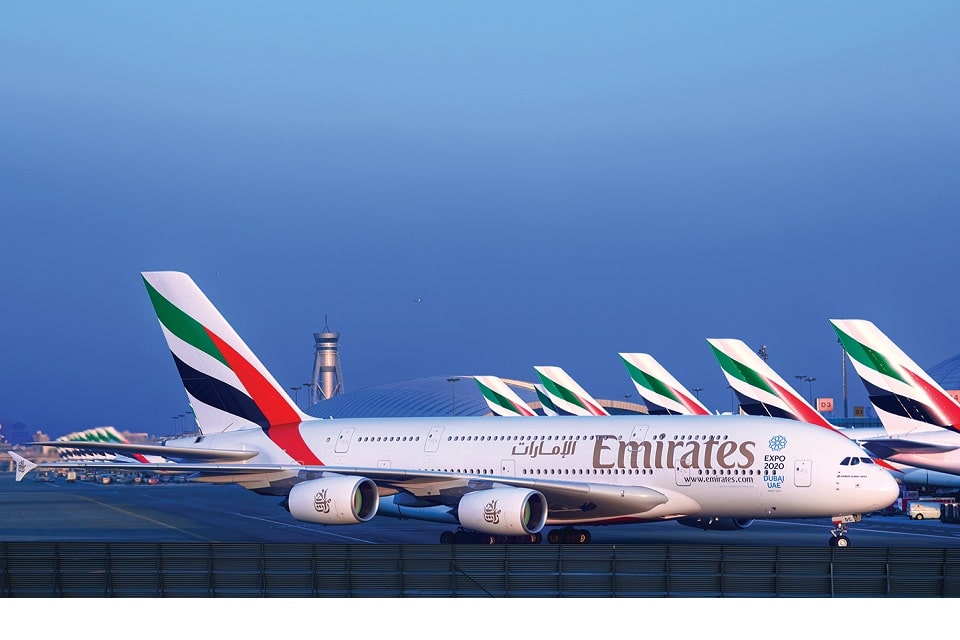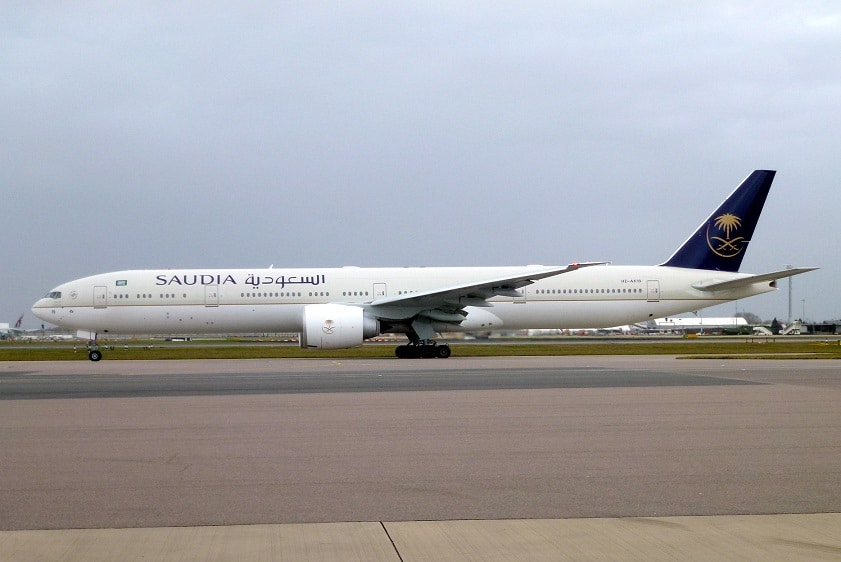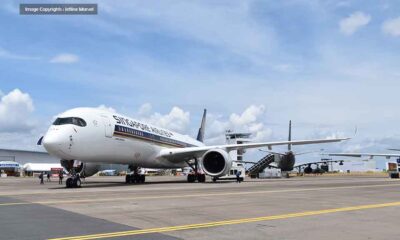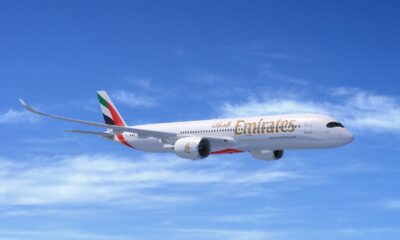Airlines
The 10 longest routes in the world flown by airlines, ranked by distance
After the COVID effect, the aviation industry is returning to normal. As more people began to travel by air, certain airlines began running the world’s longest flights using fleets of modern Airbus and Boeing models.
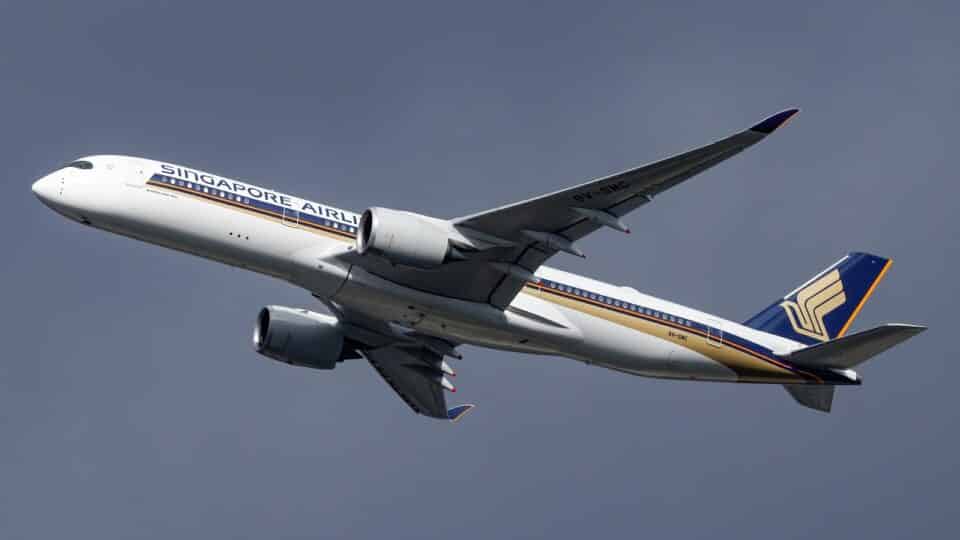
After the COVID effect, the aviation industry is returning to normal. As more people began to travel by air, certain airlines began running the world’s longest flights using fleets of modern Airbus and Boeing models.
1. From New York to Singapore
The national carrier of Singapore is Singapore Airlines and has its hub at Changi Airport. In addition to dominating Travel & Leisure’s best airline rankings for more than 20 years, it has been named the world’s finest airline four times by Skytrax. An Airbus A350-900 aircraft will travel 9,527 miles from New York to Singapore. And it takes around 18 hours and 50 minutes to reach there, while it took to return back around 18 hours and 40 minutes.
How Does In-Flight Wi-Fi Really Work?(Opens in a new browser tab)
2. From Newark, New Jersey to Singapore
The largest passenger plane in the world, the Airbus A380, as well as the Boeing 787-10 and the ultra-long-range Airbus A350-900, all had Singapore Airlines as their initial launch customer. From Newark, New Jersey to Singapore, a flight of an Airbus A350-900 will cover a distance of 9,525 miles. And it will take roughly 18 hours and 45 minutes to reach there and it will take to return back around 18 hours and 45 minutes.
These are the 8 benefits of being an Emirates Pilot.(Opens in a new browser tab)
3. From Perth to London Heathrow
The national airline of Australia and the country’s largest airline in terms of fleet size, international flights, and overseas destinations is Qantas Airways. After being established in November 1920, it is the third-oldest airline in the world that is still in operation. The airline is a member of the One World Alliance.9,009 miles will be travelled between Perth and London Heathrow by a Boeing 787-9 aircraft. It takes approximately 17 hours and 15 minutes to reach there, and it took around 16 hours and 45 minutes to get back.
Top 10 international airports in the world for 2022(Opens in a new browser tab)
4. From Singapore to Los Angeles
Singapore Airlines is ranked tenth in the world for carrying foreign passengers and among the top 15 carriers globally in terms of revenue passenger kilometres. Additionally, the airline has been named the second- and fourth-best airline in the world, respectively, and the cleanest airline in the world. A plane named the Airbus A350-900 will fly 8,576 kilometres from Singapore to Los Angeles. It takes roughly 15 hours and 55 minutes to reach there, and it took return back about 17 hours and 10 minutes.
QANTAS’ NEW YORK TO SYDNEY NON-STOP RESEARCH FLIGHT SET FOR TAKE-OFF(Opens in a new browser tab)
5. From Sydney to Dallas/Fort Worth, Texas
Qantas, which stands for Queensland and Northern Territory Aerial Services and is known as “The Flying Kangaroo,” is an abbreviation for the airline’s initial name. Its primary hub at Sydney Airport, the airline has its headquarters in the Sydney district of Mascot. An aircraft Boeing 787-9 will fly at a distance of 8,576 miles from Sydney to Dallas/Fort Worth, Texas. It takes roughly 15 hours and 20 minutes to reach there, and it took to return back about 16 hours and 45 minutes.
6. From Manila to New York
It is the Philippine national airline. The airline, which has its headquarters at Pasay’s PNB Financial Center, was established in 1941 and is the first and oldest commercial airline in Asia. The Ninoy Aquino International Airport in Manila serves as Philippine Airlines’ main hub. An Airbus A350 -900 will travel 8,507 miles between Manila to New York. It takes approximately 16 hours and 15 minutes to reach there and return back around 16 hours and 55 minutes.
Top 6 Largest Passenger Aircraft in the World.(Opens in a new browser tab)
7. From San Francisco to Singapore
United Airlines is a major American airline headquartered at Willis Tower in Chicago, Illinois. Measured by fleet size and the number of routes, it is the third-largest airline in the world after its merger with Continental Airlines. United Airlines has eight hubs and founding member of the Star Alliance. An aircraft Boeing 787-9 Dreamliner from united airlines will fly from San Francisco to Singapore at a distance of 8,435 miles. It takes approximately to reach there around 16 hours and 15 minutes, and return back around 15 hours and 25 minutes. While Airbus A350 -900 from Singapore airlines Will fly to the same destination and it took to reach there around 16 hours and 40 minutes and return back there around 15 hours and 25 minutes.
These are the top 10 Low-cost airlines in the world for 2022(Opens in a new browser tab)
8. From Atlanta to Johannesburg
A legacy carrier and one of the country’s major airlines is Delta. The Sky Team airline alliance was founded by one of the oldest operating airlines in the world, with its headquarters in Atlanta, Georgia. Atlanta is the largest of Delta’s nine hubs in terms of both the number of departures and total passengers. An Airbus A350-900 from Delta Airlines will travel 8,434 kilometres to reach Johannesburg from Atlanta. Around 15 hours and 30 minutes were required to reach there, and 15 hours and 50 minutes were required to return.
9. From Dubai to Los Angeles
One of the two flag carriers for the United Arab Emirates is Emirates. The Emirates Group, which is owned by the government of Dubai’s Investment Corporation of Dubai, is the parent company of the airline, which has its headquarters in Garhoud, Dubai. Furthermore, it is the biggest airline in the Middle East. In terms of planned revenue passenger kilometres flown and freight tonne-kilometres flown, Emirates is the second-largest airline in the world. Emirates will operate an Airbus A380 on a flight that will fly 8,324 miles between Dubai and Los Angeles. Around 15 hours and 50 minutes are required to reach there, and 16 hours and 20 minutes are required to return back.
10. From Jeddah to Los Angeles
The national airline of Saudi Arabia is Saudia, formerly known as Saudi Arabian Airlines, and is headquartered in Jeddah. King Abdul-Aziz International Airport in Jeddah serves as the airline’s principal operational hub. The Arab Air Carriers Organization, of which Saudia is a member and one of the founding members. An airliner from Saudi Arabia will travel 8,317 miles from Jeddah to Los Angeles on a Boeing 777-300. It takes roughly 16 hours and 10 minutes to reach there. Return back around 15 hours and 20 minutes.
Google story

Airlines
A software error caused grounding the entire airline fleet

On Wednesday, the U.S. Federal Aviation Administration (FAA) issued a ground stop advisory for all Alaska Airlines and subcarrier flights due to a software issue, disrupting travel plans for passengers.
The FAA directive, which prohibited the departure of Alaska Airlines mainline and subcarrier flights, was implemented as a precautionary measure following the detection of the software problem. The ground stop was initiated after Alaska Airlines encountered difficulties during a system upgrade related to the calculation of weight and balance for their flights.
As a result, the airline opted for a temporary suspension of all its operations to address the issue and ensure passenger safety. Alaska Airlines promptly issued a statement acknowledging the incident and expressing their commitment to resolving the matter swiftly. “This morning we experienced an issue while performing an upgrade to the system that calculates our weight and balance.
Out of an abundance of caution, we requested a ground stop for all Alaska and Horizon flights, which was instituted at approximately 7:30 a.m. PT,” the statement read. Passengers affected by the disruption voiced their concerns on social media platforms, prompting Alaska Airlines to reassure them of their efforts to minimize the inconvenience and expedite the resumption of flights.
Following approximately an hour-long interruption, the FAA lifted the ground stop order, allowing Alaska Airlines and its subcarriers to resume normal operations. However, it was clarified that SkyWest, which provides regional service for Alaska Airlines and other carriers, was exempt from the ground stop and continued its flights unaffected.
Aerospace
Which is bigger 777x or 787 aircraft ?

The 777X is a new series of the Boeing 777 family and is designed to be larger and more efficient than its predecessor. It features two variants: the 777-8 and the 777-9, being the larger of the two.
The Boeing 777X emerges as the larger sibling within the Boeing family, representing a significant leap forward in both size and efficiency. Comprising two variants, the 777-8 and the 777-9, the latter takes the crown as the larger of the two. With its expansive fuselage and impressive wingspan, the 777X is tailored for long-range journeys and boasts a substantial passenger capacity.
On the other hand, the Boeing 787, affectionately known as the Dreamliner, occupies a niche in the market as a smaller yet formidable aircraft designed for medium to long-range flights. Its distinguishing feature lies in its composite fuselage, a technological marvel that renders it lighter and more fuel-efficient compared to conventional aluminum counterparts. The Boeing 777X is larger than the Boeing 787 aircraft.
When it comes to passenger capacity, the 777-9 reigns supreme, typically accommodating a sizeable contingent of 400-425 passengers in its standard configuration. In contrast, the 787, with its more modest dimensions, typically carries between 240-290 passengers, depending on the variant and layout.
One of the remarkable innovations introduced with the 777X is its folding wingtips, a feature designed to address the logistical challenges of accommodating such a large aircraft in conventional airport gates. These folding wingtips enable the 777X to retract its wings, allowing it to fit into gates designed for smaller aircraft while still reaping the benefits of an extended wingspan during flight, thereby enhancing fuel efficiency and operational flexibility
Airlines
Why Don’t Airplanes Fly Over the Pacific Ocean?

Flights do indeed fly over the Pacific Ocean, but the routes they take are often determined by factors such as airline policies, air traffic control decisions, and weather conditions. The Pacific Ocean is one of the largest bodies of water on Earth, and it’s regularly crossed by numerous flights traveling between North America, Asia, Australia, and other destinations.
However, some specific routes might avoid flying directly over certain parts of the Pacific Ocean for various reasons. For example:
- Safety and emergency considerations: While modern aircraft are equipped with advanced safety features, airlines, and pilots may prefer routes that keep them closer to potential diversion airports or within range of search and rescue facilities in case of emergencies.
- Air traffic control restrictions: Airspace management authorities may impose certain restrictions or preferred routes for managing air traffic efficiently. These restrictions could be based on factors such as military operations, airspace congestion, or diplomatic considerations.
- Weather conditions: Pilots and airlines consider weather patterns when planning routes. While the Pacific Ocean generally experiences fewer weather-related disruptions compared to other regions, factors like turbulence, thunderstorms, or tropical cyclones can influence route selection.
- Managing Cost Factors: In route planning, airlines have to take fuel prices, maintenance costs, crew charges, and other operating costs into account. Direct routes over the Pacific Ocean may be more cost-effective for shorter distances, but they may also necessitate extra safety precautions, including carrying more fuel for longer overwater operations.
- Remote Locations and Navigational Challenges: The Pacific Ocean’s vastness poses navigational issues, particularly for aircraft operating over isolated regions with few ground-based navigational aids. For precise positioning and route direction, pilots must mostly rely on satellite-based technology and onboard navigation systems, which may necessitate additional training and equipment purchases.
- Lack of Suitable Landing Options in the Pacific Ocean: Unlike regions with dense air traffic and numerous airports, the Pacific Ocean has vast stretches of open water with few suitable landing options in case of emergencies. While long-range aircraft are equipped with safety features like life rafts and emergency locator transmitters, the lack of nearby airports can increase the time it takes for rescue and recovery operations to reach distressed aircraft, posing additional risks to passengers and crew. Therefore, flight routes may be planned to ensure proximity to potential diversion airports or alternate landing sites in case of unforeseen circumstances.


